10 Best Herbal Creams For Cramps
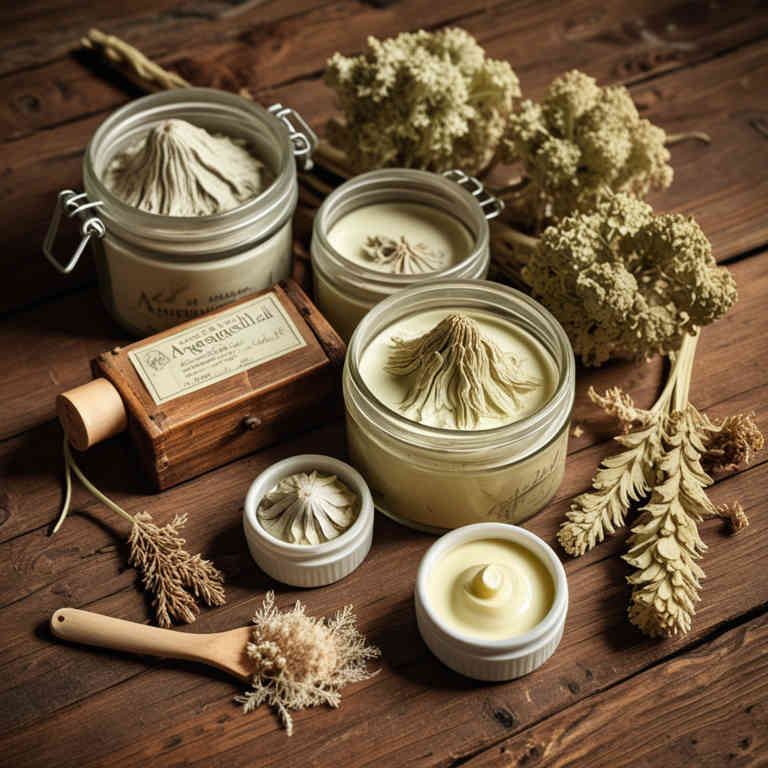
Herbal creams for cramps are natural topical treatments that combine plant-based ingredients to alleviate muscle pain and discomfort.
These creams often contain ingredients like menthol, ginger, camphor, and essential oils, which are known for their soothing and anti-inflammatory properties. They are commonly used to relieve menstrual cramps, muscle strains, and digestive discomfort by improving blood circulation and reducing inflammation. Many people prefer herbal creams over pharmaceutical alternatives due to their mild side effects and holistic approach to pain relief.
However, it's important to consult a healthcare professional before use, especially for individuals with sensitive skin or existing medical conditions.
FREE Herb Drying Checklist
How to make sure every batch retains maximum flavor, color, and aroma without the risk of mold or over-drying. Eliminate guesswork and trial-and-error, making herb drying faster, easier, and more efficient every time.
Table of Contents
1. Zingiber officinale
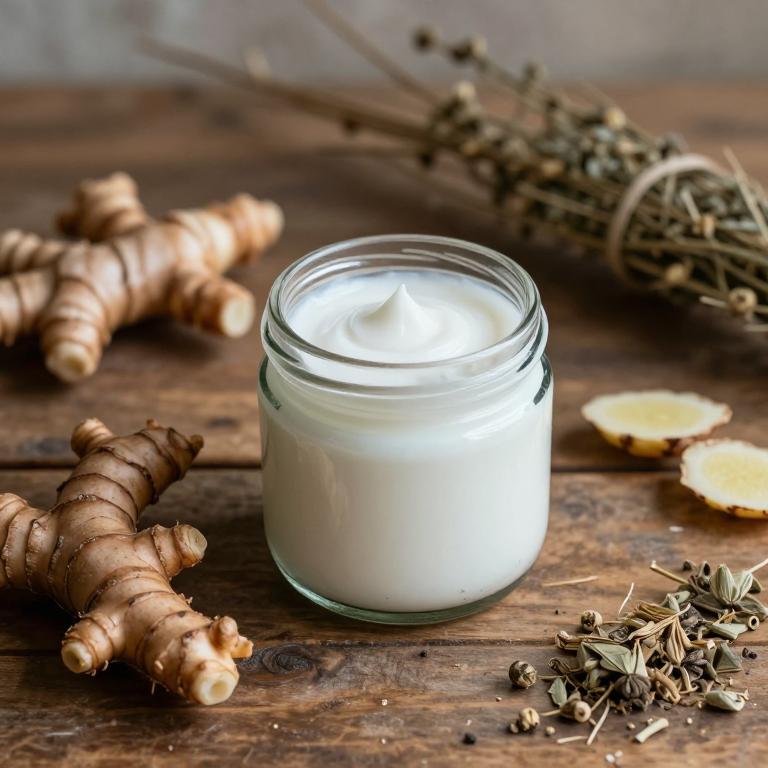
Zingiber officinale, commonly known as ginger, has been traditionally used for its anti-inflammatory and pain-relieving properties, making it a popular ingredient in herbal creams for cramps.
These creams often contain a concentrated form of ginger extract, which can help alleviate muscle cramps and spasms by improving blood circulation and reducing inflammation. The warming sensation produced by ginger in topical applications is believed to relax tense muscles and ease discomfort. Many users report relief from menstrual cramps, digestive cramps, and exercise-induced muscle pain when using ginger-based herbal creams.
As a natural alternative to pharmaceutical treatments, ginger herbal creams offer a soothing and accessible option for managing various types of cramps.
2. Vitex agnus-castus
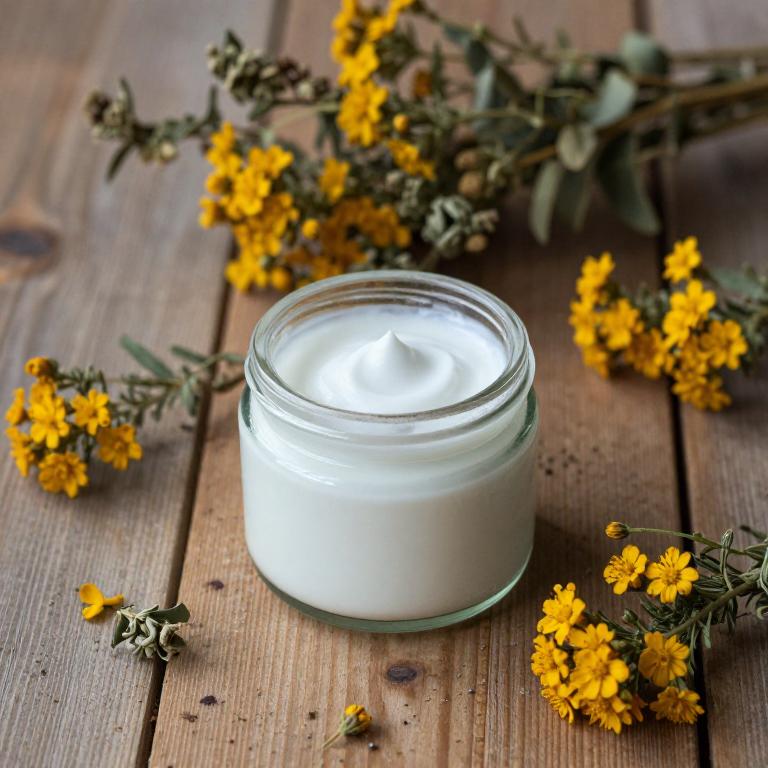
Vitex agnus-castus, commonly known as chaste tree berry, is often used in herbal creams to help alleviate menstrual cramps and pelvic discomfort.
These creams typically contain extracts of the plant, which are believed to support hormonal balance and reduce uterine spasms. The active compounds in vitex, such as flavonoids and essential oils, may help relax the muscles and ease pain associated with menstruation. When applied topically, these creams can provide localized relief without the systemic effects of oral medications.
However, it is important to consult with a healthcare provider before using vitex-based products, especially if you have underlying health conditions or are taking other medications.
3. Curcuma longa
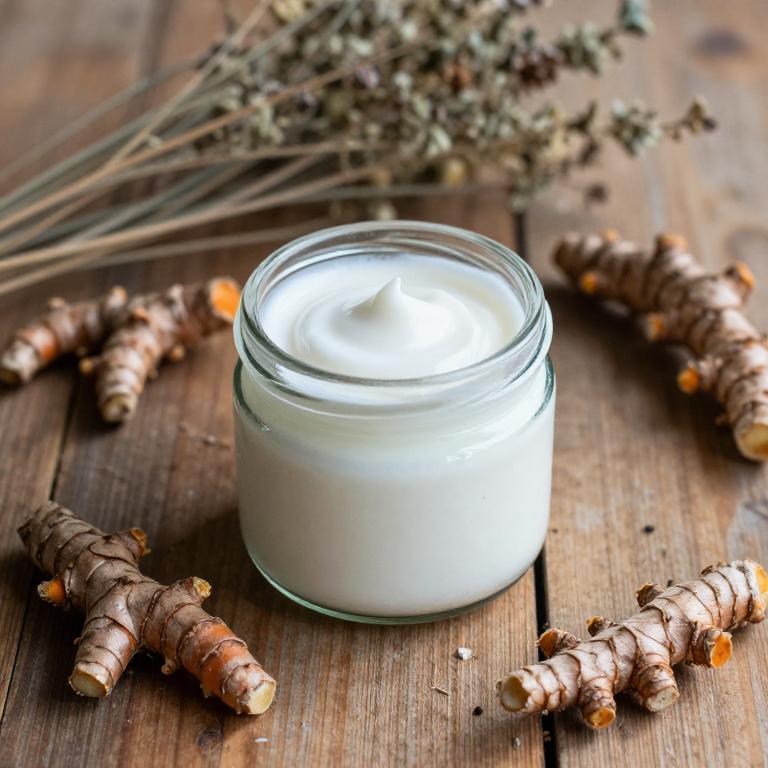
Curcuma longa, commonly known as turmeric, is a spice and herbal remedy that has been used for centuries in traditional medicine for its anti-inflammatory and analgesic properties.
Turmeric-based creams often contain curcumin, the active compound responsible for many of its health benefits. These creams are popular for relieving menstrual cramps, muscle soreness, and joint pain due to their ability to reduce inflammation and soothe pain. When applied topically, they can provide localized relief without the systemic effects of oral medications.
However, it is important to consult with a healthcare professional before using turmeric creams, especially if you have sensitive skin or are taking other medications.
4. Matricaria chamomilla
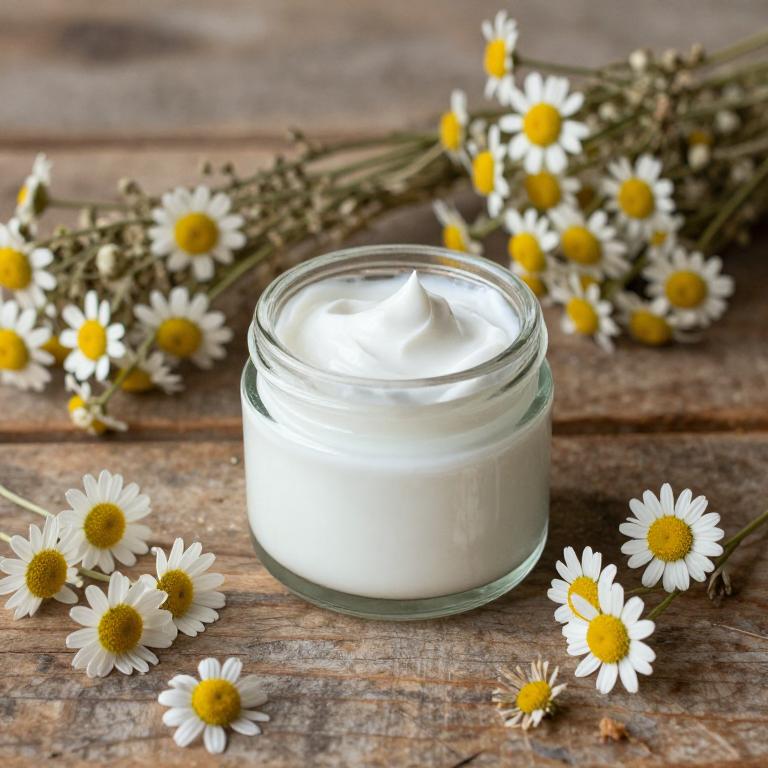
Matricaria chamomilla, commonly known as chamomile, is a popular herb used in the formulation of herbal creams for the relief of cramps.
These creams typically contain chamomile essential oil, which is known for its soothing and anti-inflammatory properties. When applied topically, chamomile-based creams can help reduce muscle tension and alleviate discomfort associated with menstrual cramps, digestive cramps, or muscle strains. The calming effects of chamomile may also contribute to a sense of relaxation, making these creams beneficial for overall comfort.
However, individuals with allergies to ragweed or related plants should exercise caution when using chamomile products.
5. Rosa canina
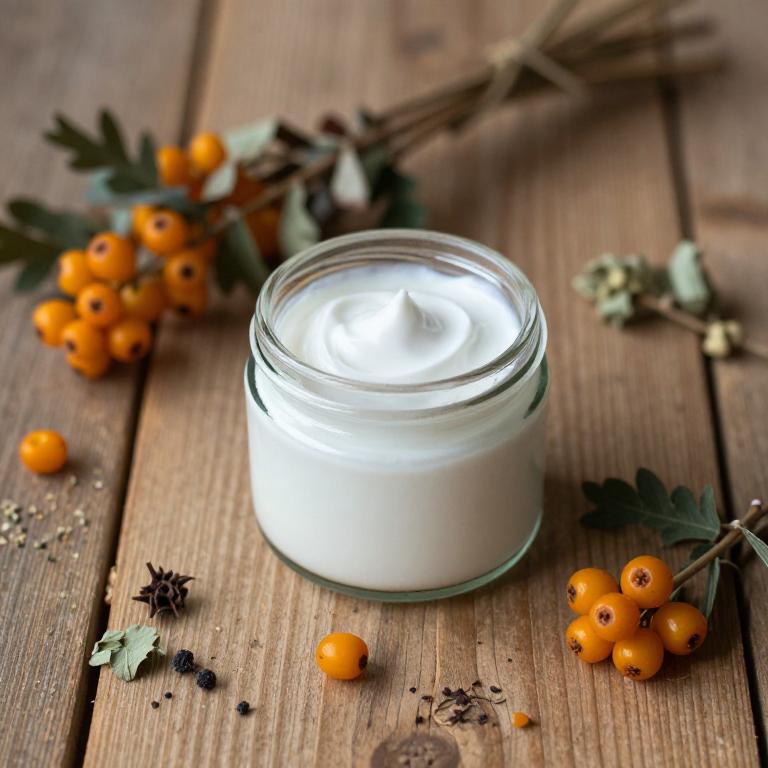
Rosa canina, also known as rosehip, is a natural ingredient commonly used in herbal creams to alleviate cramps and muscle pain.
These creams are formulated with rosehip oil, which is rich in essential fatty acids, antioxidants, and vitamins that help reduce inflammation and promote tissue repair. The anti-inflammatory properties of rosa canina make it particularly effective for relieving menstrual cramps, muscle strains, and joint discomfort. Many users find that applying these creams topically provides a soothing and warming sensation, enhancing blood circulation and easing pain.
As a natural alternative to pharmaceutical treatments, rosa canina herbal creams offer a gentle and safe option for those seeking relief from cramps without harsh side effects.
6. Urtica dioica
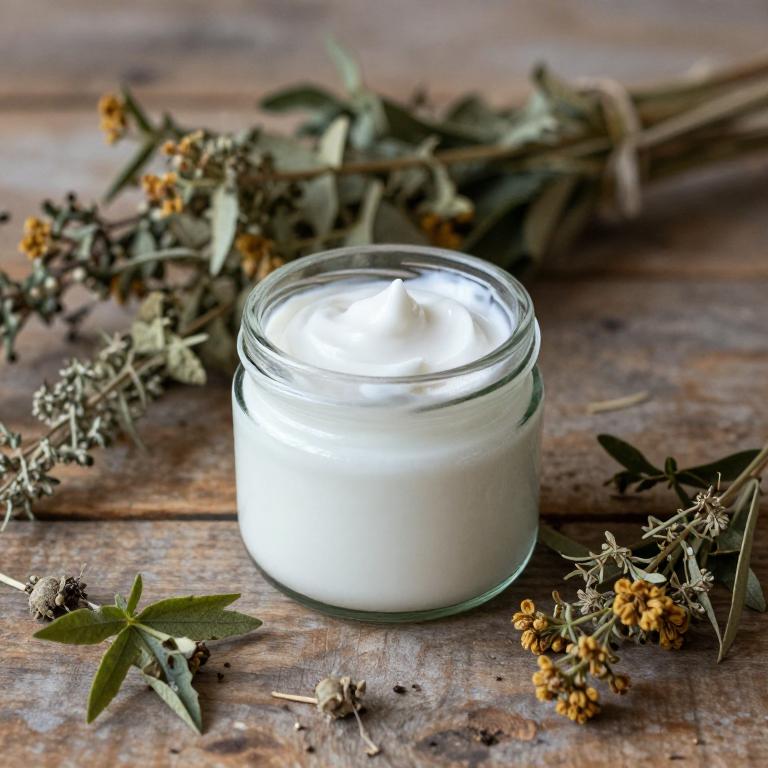
Urtica dioica, commonly known as stinging nettle, is a plant that has been used for centuries in traditional medicine for its potential therapeutic properties.
Herbal creams containing urtica dioica are often formulated to alleviate cramps, particularly those related to menstrual pain, muscle spasms, or digestive discomfort. These creams typically harness the anti-inflammatory and analgesic properties of nettle, which may help reduce pain and inflammation in affected areas. The active compounds in urtica dioica, such as flavonoids and minerals like iron and magnesium, are believed to contribute to its soothing effects.
While some studies suggest possible benefits, it is important to consult with a healthcare provider before using these creams, especially if you have underlying health conditions or are taking other medications.
7. Cinnamomum verum

Cinnamomum verum, commonly known as true cinnamon, is often incorporated into herbal creams for its warming and anti-inflammatory properties.
These creams are typically used to alleviate menstrual cramps, muscle aches, and digestive discomfort by promoting circulation and easing spasms. The essential oils derived from cinnamon bark contain compounds like cinnamaldehyde, which may help reduce pain and inflammation when applied topically. Many users find relief from cramping symptoms after regular use of cinnamon-infused creams, though results can vary.
It is important to consult a healthcare professional before using these creams, especially if you have sensitive skin or underlying health conditions.
8. Piper nigrum
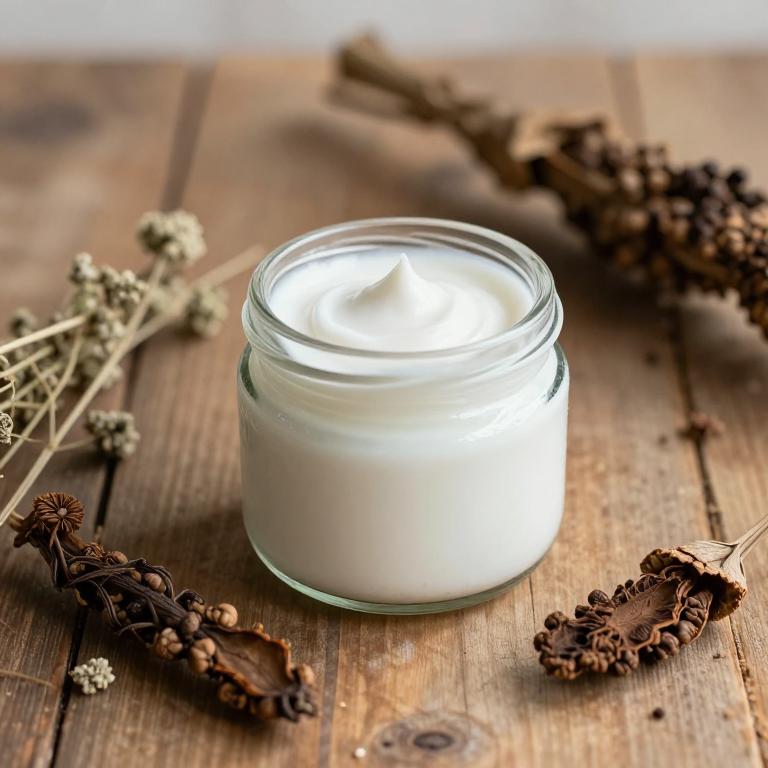
Piper nigrum, commonly known as black pepper, is often used in herbal creams for cramps due to its warming and circulatory stimulating properties.
The active compound in black pepper, piperine, enhances blood flow and may help alleviate muscle tension and pain associated with menstrual cramps or other types of cramping. These herbal creams typically combine black pepper extract with other soothing ingredients like ginger or cinnamon to provide a holistic approach to pain relief. When applied topically, the cream can offer localized relief without the systemic effects of oral medications.
However, it is important to consult a healthcare professional before using such creams, especially for individuals with sensitive skin or existing medical conditions.
9. Achillea millefolium
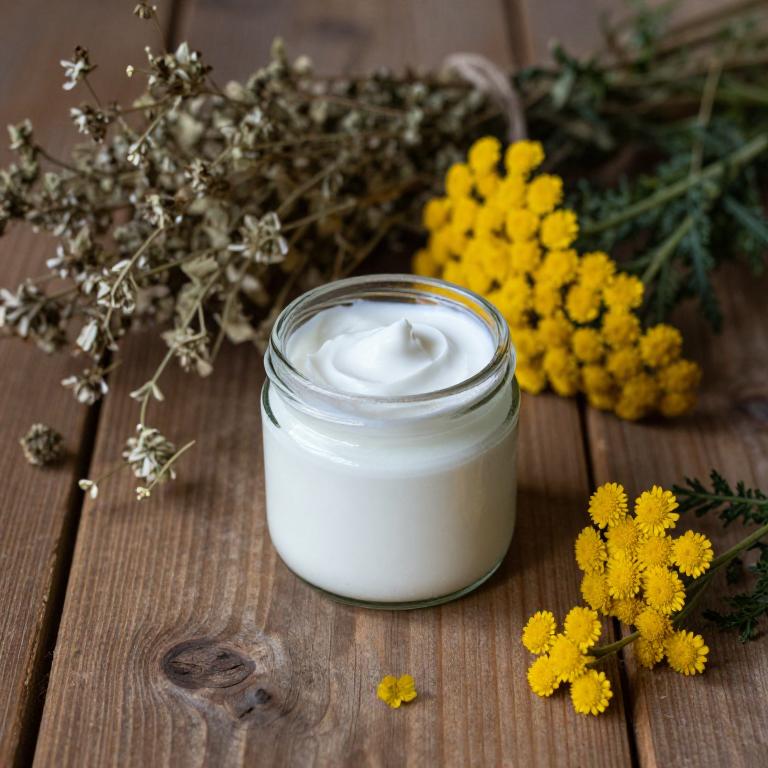
Achillea millefolium, commonly known as yarrow, has been traditionally used in herbal medicine for its potential benefits in alleviating menstrual cramps.
Yarrow contains compounds such as sesquiterpene lactones and flavonoids, which may help reduce inflammation and muscle spasms. Herbal creams infused with yarrow extract are often used topically to provide localized relief from cramp-related discomfort. These creams are typically combined with other soothing ingredients like arnica or chamomile to enhance their effectiveness.
While generally considered safe for topical use, it is advisable to perform a patch test and consult with a healthcare provider before using yarrow-based products, especially for those with known allergies or sensitivities.
10. Equisetum arvense
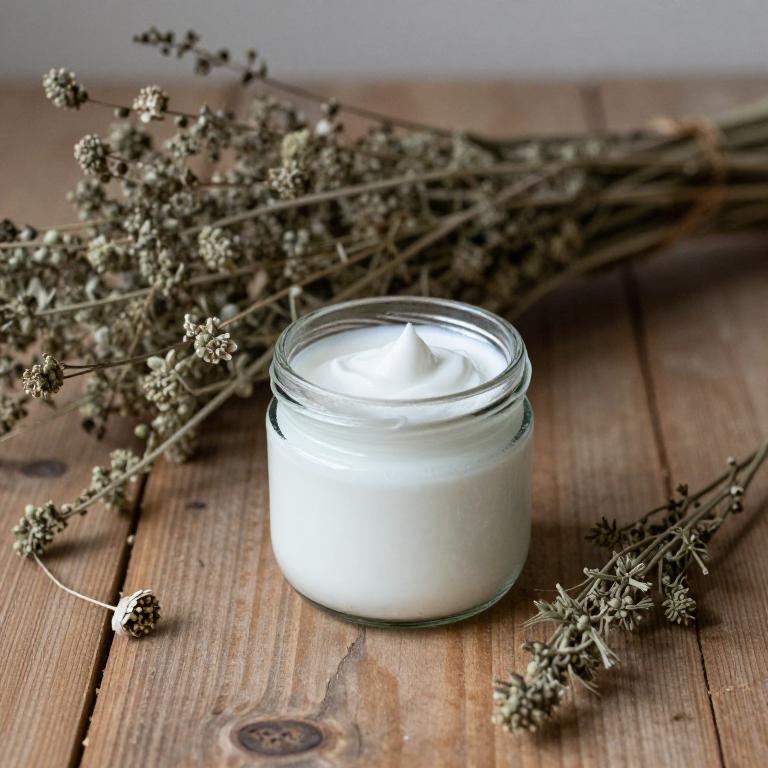
Equisetum arvense, also known as field horsetail, is a plant traditionally used in herbal medicine for its potential benefits in alleviating cramps.
The herb is valued for its high concentration of silica and other minerals, which may help reduce inflammation and improve muscle function. Herbal creams infused with Equisetum arvense are often used topically to provide relief from menstrual cramps, muscle spasms, and other types of pain. These creams are typically made by combining the dried plant with carrier oils and essential oils to enhance absorption and effectiveness.
While more research is needed, many users report positive results from using Equisetum arvense-based creams for cramp relief.